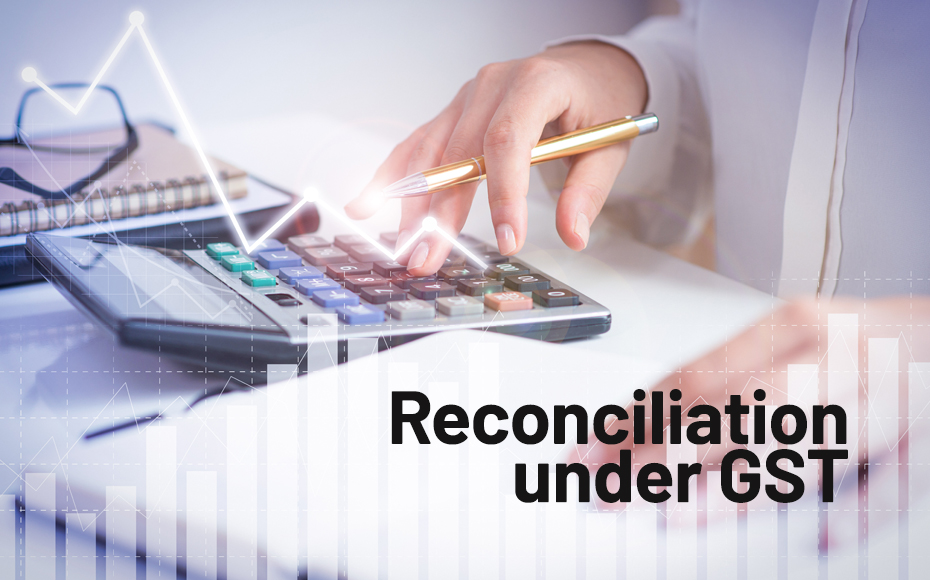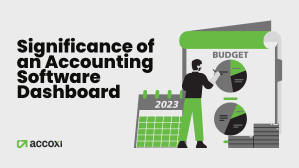

June 07, 2021

GST matching and reconciliation is a regime in GST in which the business organization should do monthly. The matching concept is a mechanism implemented by the government allowing input tax credit to the recipient only if the corresponding outward supply of the recipient is matched. Under GST, reconciliation means analyzing every transaction that took place during a period to ensure that the supplier’s data matched with the recipient's data. This will make sure that there are no malpractices and missing data.
In GST, the reconciliation procedure gained significance because the input tax credits utilized by the businesses are closely monitored by the GST authorities through an online taxation system. The taxpayers should reconcile their data in every month if any discrepancies occur
Reconciliation of data every month is necessary to claim the Input Tax credit. The reconciliation process makes sure that sales and purchase details are not omitted or wrongly filled in the GST returns. Major mismatches and differences in data will lead to the suspension of GST registration.
Reconciliation of taxes should be done at every month. Then only the recipient can claim regular ITC. Taxpayers can claim ITC only if they submit GSTR 2B which shows the eligible and ineligible amounts of ITC for a particular month and cannot be changed. If the GSTR 2B are not matched with the purchase register then they need to do a reconciliation
Reconciliation must be done every month for the entire financial year. The amendments made to GST returns in the previous financial year should also reflect in the current financial year. The following steps will help you while framing a GST reconciliation :
GST reconciliation is a great task if there is a lot of data. To make the reconciliation process facile people can use GST reconciliation software or they can do GST reconciliation online.
There are various types of reconciliations. Some of them are
Reconciliation processes are to ensure clarity and correctness in accounting. The vendor reconciliation format and procedure are different from the customer reconciliation format. Vendor-wise reconciliation must be done regularly. If it is not done, the taxpayer must do it before filing GST returns of September of the financial year. It will help to identify unclaimed Input Tax Credit before the end of the period.
One of the major challenges in doing reconciliation is that the parties involved in the GST reconciliation were it use different methods for their invoice numbers. Some of the major issues with the reconciliation between GST and GST returns are listed below:
Technological support may help people to untangle reconciliation headaches. Choosing the right tool or software will make their work much easier. Let us see tools with what features will help you to resolve reconciliation complexities.




